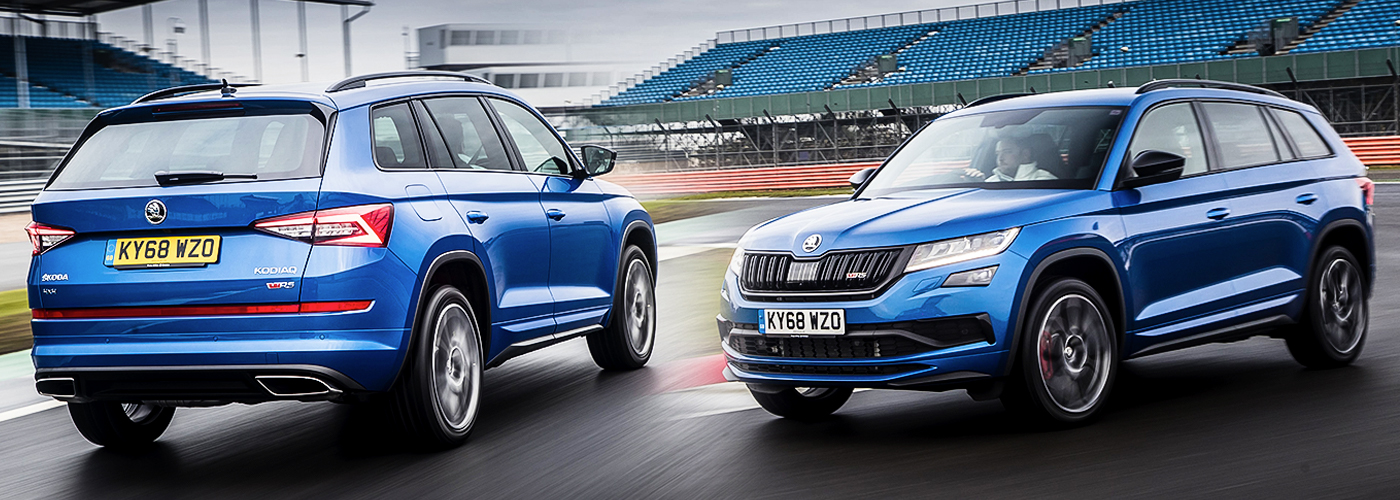Which models sell best on the British market and how do they fare against competitors in their class?
The OCTAVIA is our best seller, though this year we saw strong growth in the SUV segment and the KAROQ and KODIAQ did well. This was against a market that was almost 7% down. However, in terms of media coverage our cars win many group tests and have received many awards. The OCTAVIA is praised for its practicality, connectivity, comfort, build quality, value for money and wide choice of trims/engines. The same could be said for the KODIAQ, which is praised in particular for its interior quality and the practicality of its seven seats – almost all of our KODIAQs are ordered with seven seats and in the higher trims we don’t offer a five-seat option.
Is there anything specific to your market or your country?
When it comes to the vRS models (RS in Europe), almost 20% of all OCTAVIAs are ordered in this trim. It’s worth noting that we call them vRS, not RS, and I think we are the only country to do so. As for KODIAQs, a high proportion are SE L or Edition models (equivalent to Ambition and Style). British emergency services use lots of ŠKODA vehicles, and 80% of all fast-response ambulance cars in the UK are ŠKODAs. Overall ŠKODA has a 4.5% market share of the UK emergency services vehicle market.




































